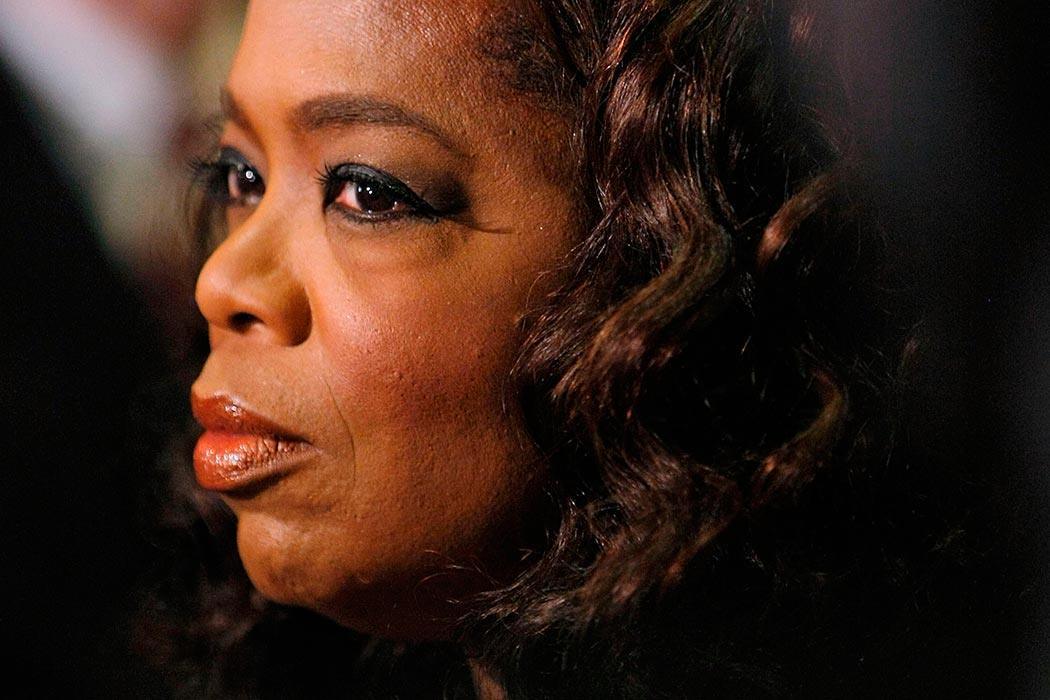Oprah Winfrey is buying 10 percent of Weight Watchers. The deal is a marriage of an icon known for her focus on personal empowerment and a brand that is heavily dependent on personal shame.
In a 2000 paper, Daniel D. Martin looked at how Weight Watchers, as well as Overeaters Anonymous (OA) and the National Association to Advance Fat Acceptance (NAAFA), tried to harness or contest feelings of shame.
Martin found that members of all three groups experienced similar feelings of shame about their weight, but each group used different methods to help members understand and address those feelings.
OA, a 12-step group, seeks to address compulsive overeating, which it sees as an “incurable disease,” much like the way Alcoholics Anonymous (AA) frames alcoholism. Members must seek explicit spiritual redemption—they must come to terms with the wrongs they have committed and be “ready to have God remove all these defects of character.” OA asks its members to look for the origins of their feelings of shame in early childhood experiences so they can overcome cycles of body shame and compulsive overeating.
NAAFA addresses weight in a radically different way. As a civil rights group, it tries to lift the stigma of fat in the larger society. Members are encouraged to resist feelings of shame and publicly take on a “fat identity,” speaking up against fat shaming.
Weight Watchers appears to have a more straightforward mission than the other two groups. Instead of changing individuals’ deep-seated psychology or making a difference in the wider culture, its goal is simply to help people lose weight. Members develop meal plans, track their daily food consumption, and learn strategies for healthy eating. But shame is still a clear issue for participants in its local meetings.
Until the 1970s, Martin writes, Weight Watchers relied heavily on “shame-aversion,” sharing the amount of weight each member had gained or lost at weekly meetings. Eventually, that started losing it members, and today group leaders spend much of their time managing members’ feelings of shame. For example, one leader encouraged a woman who had gained weight during a stressful week to go easy on herself and take pride in the fact that she returned to the group despite the setback.
Yet, unlike NAAFA, Weight Watchers does not encourage people to accept being overweight. Instead, the group constantly sets up aspirational images of leaders and “star” members who have lost a great deal of weight and now look acceptably thin by mainstream American standards. Weight Watchers—which, unlike the other two organizations is a for-profit multinational corporation—walks a line between scaring members away with shaming techniques and encouraging a self-image so positive that its product becomes pointless. As one group leader told Martin, the company’s prime directive is “keep paying customers coming back.”







